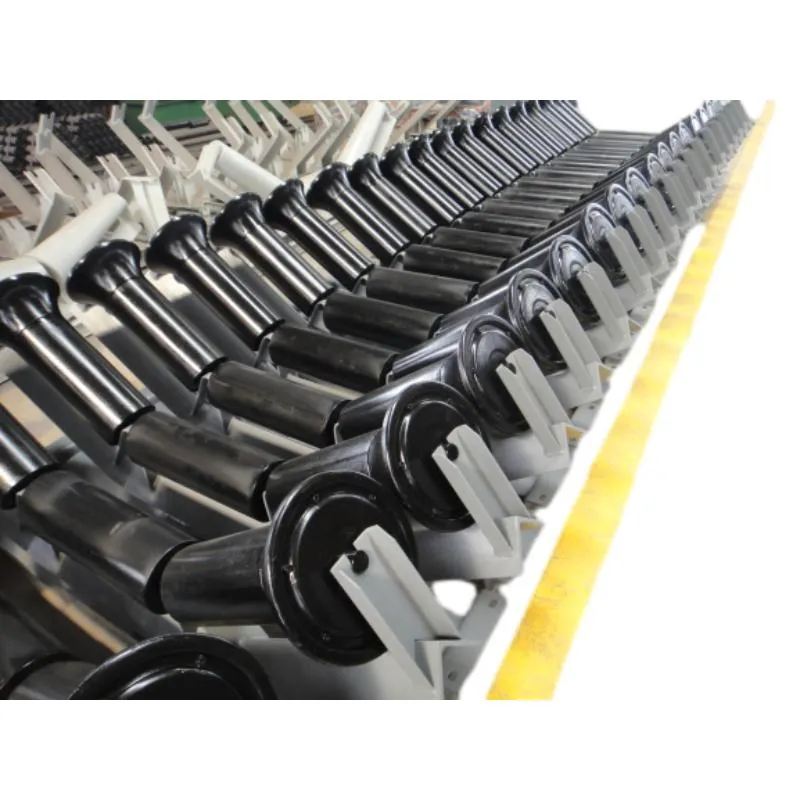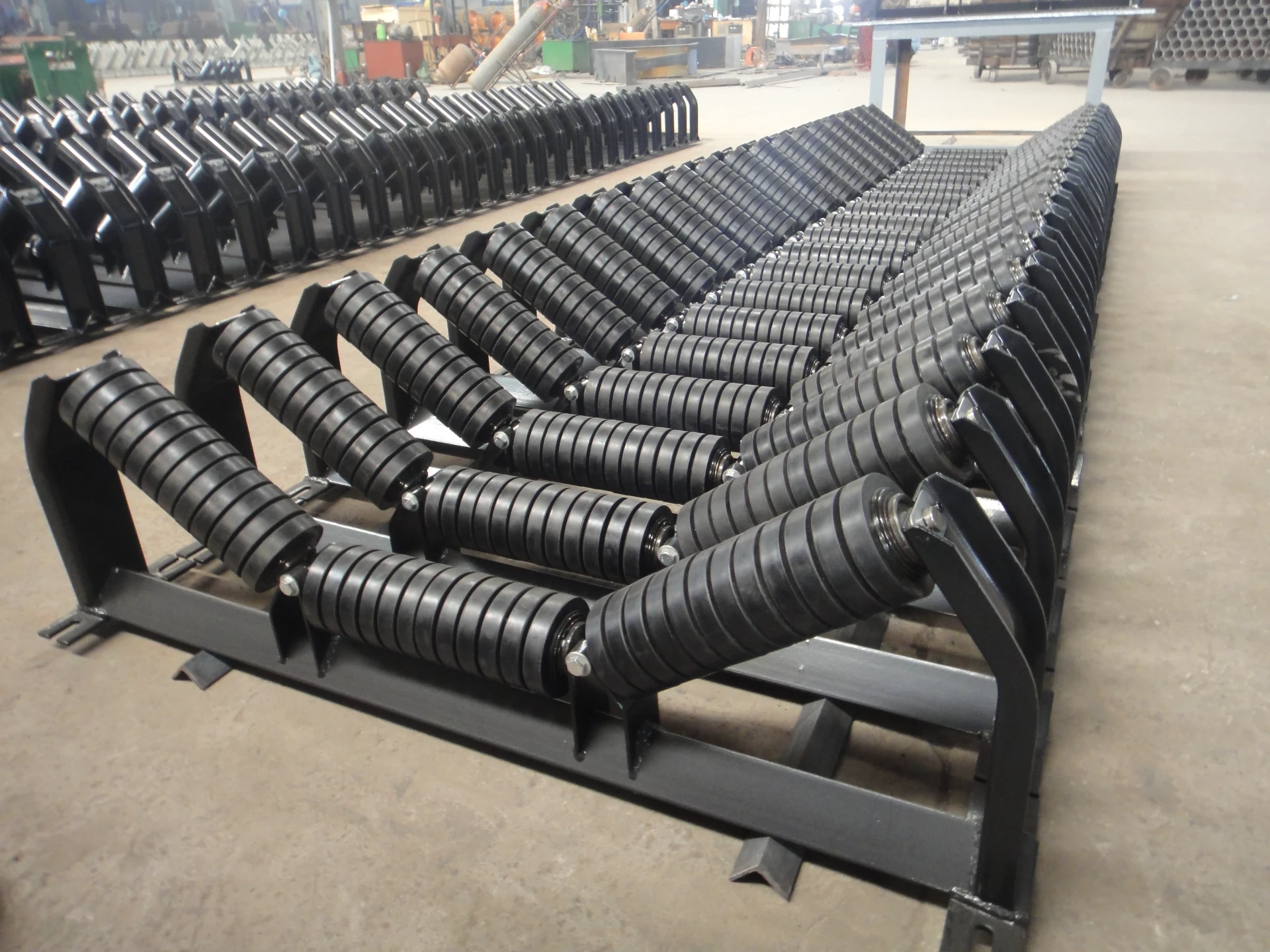 Afrikaans
Afrikaans  Albanian
Albanian  Amharic
Amharic  Arabic
Arabic  Armenian
Armenian  Azerbaijani
Azerbaijani  Basque
Basque  Belarusian
Belarusian  Bengali
Bengali  Bosnian
Bosnian  Bulgarian
Bulgarian  Catalan
Catalan  Cebuano
Cebuano  Corsican
Corsican  Croatian
Croatian  Czech
Czech  Danish
Danish  Dutch
Dutch  English
English  Esperanto
Esperanto  Estonian
Estonian  Finnish
Finnish  French
French  Frisian
Frisian  Galician
Galician  Georgian
Georgian  German
German  Greek
Greek  Gujarati
Gujarati  Haitian Creole
Haitian Creole  hausa
hausa  hawaiian
hawaiian  Hebrew
Hebrew  Hindi
Hindi  Miao
Miao  Hungarian
Hungarian  Icelandic
Icelandic  igbo
igbo  Indonesian
Indonesian  irish
irish  Italian
Italian  Japanese
Japanese  Javanese
Javanese  Kannada
Kannada  kazakh
kazakh  Khmer
Khmer  Rwandese
Rwandese  Korean
Korean  Kurdish
Kurdish  Kyrgyz
Kyrgyz  Lao
Lao  Latin
Latin  Latvian
Latvian  Lithuanian
Lithuanian  Luxembourgish
Luxembourgish  Macedonian
Macedonian  Malgashi
Malgashi  Malay
Malay  Malayalam
Malayalam  Maltese
Maltese  Maori
Maori  Marathi
Marathi  Mongolian
Mongolian  Myanmar
Myanmar  Nepali
Nepali  Norwegian
Norwegian  Norwegian
Norwegian  Occitan
Occitan  Pashto
Pashto  Persian
Persian  Polish
Polish  Portuguese
Portuguese  Punjabi
Punjabi  Romanian
Romanian  Russian
Russian  Samoan
Samoan  Scottish Gaelic
Scottish Gaelic  Serbian
Serbian  Sesotho
Sesotho  Shona
Shona  Sindhi
Sindhi  Sinhala
Sinhala  Slovak
Slovak  Slovenian
Slovenian  Somali
Somali  Spanish
Spanish  Sundanese
Sundanese  Swahili
Swahili  Swedish
Swedish  Tagalog
Tagalog  Tajik
Tajik  Tamil
Tamil  Tatar
Tatar  Telugu
Telugu  Thai
Thai  Turkish
Turkish  Turkmen
Turkmen  Ukrainian
Ukrainian  Urdu
Urdu  Uighur
Uighur  Uzbek
Uzbek  Vietnamese
Vietnamese  Welsh
Welsh  Bantu
Bantu  Yiddish
Yiddish  Yoruba
Yoruba  Zulu
Zulu Feb . 07, 2025 05:52
Back to list
Slagging Pulley(Heavy Duty)
Conveyor lagging, an integral component in conveying systems, requires precise expertise to leverage its full potential effectively. This pivotal element enhances conveyor belt traction, minimizes slippage, and ultimately boosts conveyor system efficiency, playing a critical role in industries ranging from mining to manufacturing. As experts in the field, we are committed to providing in-depth insights that not only inform but also empower your business decision-making process.
Trustworthiness is paramount when discussing conveyor lagging due to the safety implications tied to conveyor belt operations. Properly lagged conveyors help mitigate risks of slippage-related accidents, safeguarding both personnel and machinery. Ensuring systematic checks and balances through regular maintenance further enshrines this trust, as it ensures the lagging material performs consistently under varying operational conditions. A profound understanding of conveyor lagging not only enhances immediate operational efficiencies but also contributes to sustainable environmental practices. By reducing unnecessary energy expenditure and preventing frequent material replacements, high-quality lagging solutions align with eco-friendly initiatives, paving the way for greener industrial practices. Finally, integrating a well-informed lagging strategy with your conveyor systems enables scalability as your operations grow. By anticipating future demands and potential stressors on your conveyor systems, investing in robust, adaptable lagging solutions ensures long-term operational success. Conveyor lagging is not merely a technical requirement but a strategic asset in optimizing operational efficiencies. By harnessing the expertise of industry veterans and leveraging cutting-edge technologies, your business can enhance safety, reduce costs, and solidify its competitive edge. Engage with proven professionals to explore how expertly executed conveyor lagging solutions can transform your operational landscape.


Trustworthiness is paramount when discussing conveyor lagging due to the safety implications tied to conveyor belt operations. Properly lagged conveyors help mitigate risks of slippage-related accidents, safeguarding both personnel and machinery. Ensuring systematic checks and balances through regular maintenance further enshrines this trust, as it ensures the lagging material performs consistently under varying operational conditions. A profound understanding of conveyor lagging not only enhances immediate operational efficiencies but also contributes to sustainable environmental practices. By reducing unnecessary energy expenditure and preventing frequent material replacements, high-quality lagging solutions align with eco-friendly initiatives, paving the way for greener industrial practices. Finally, integrating a well-informed lagging strategy with your conveyor systems enables scalability as your operations grow. By anticipating future demands and potential stressors on your conveyor systems, investing in robust, adaptable lagging solutions ensures long-term operational success. Conveyor lagging is not merely a technical requirement but a strategic asset in optimizing operational efficiencies. By harnessing the expertise of industry veterans and leveraging cutting-edge technologies, your business can enhance safety, reduce costs, and solidify its competitive edge. Engage with proven professionals to explore how expertly executed conveyor lagging solutions can transform your operational landscape.
Latest news
-
Revolutionizing Conveyor Reliability with Advanced Rubber Lagging PulleysNewsJul.22,2025
-
Powering Precision and Durability with Expert Manufacturers of Conveyor ComponentsNewsJul.22,2025
-
Optimizing Conveyor Systems with Advanced Conveyor AccessoriesNewsJul.22,2025
-
Maximize Conveyor Efficiency with Quality Conveyor Idler PulleysNewsJul.22,2025
-
Future-Proof Your Conveyor System with High-Performance Polyurethane RollerNewsJul.22,2025
-
Driving Efficiency Forward with Quality Idlers and RollersNewsJul.22,2025
OUR PRODUCTS





























